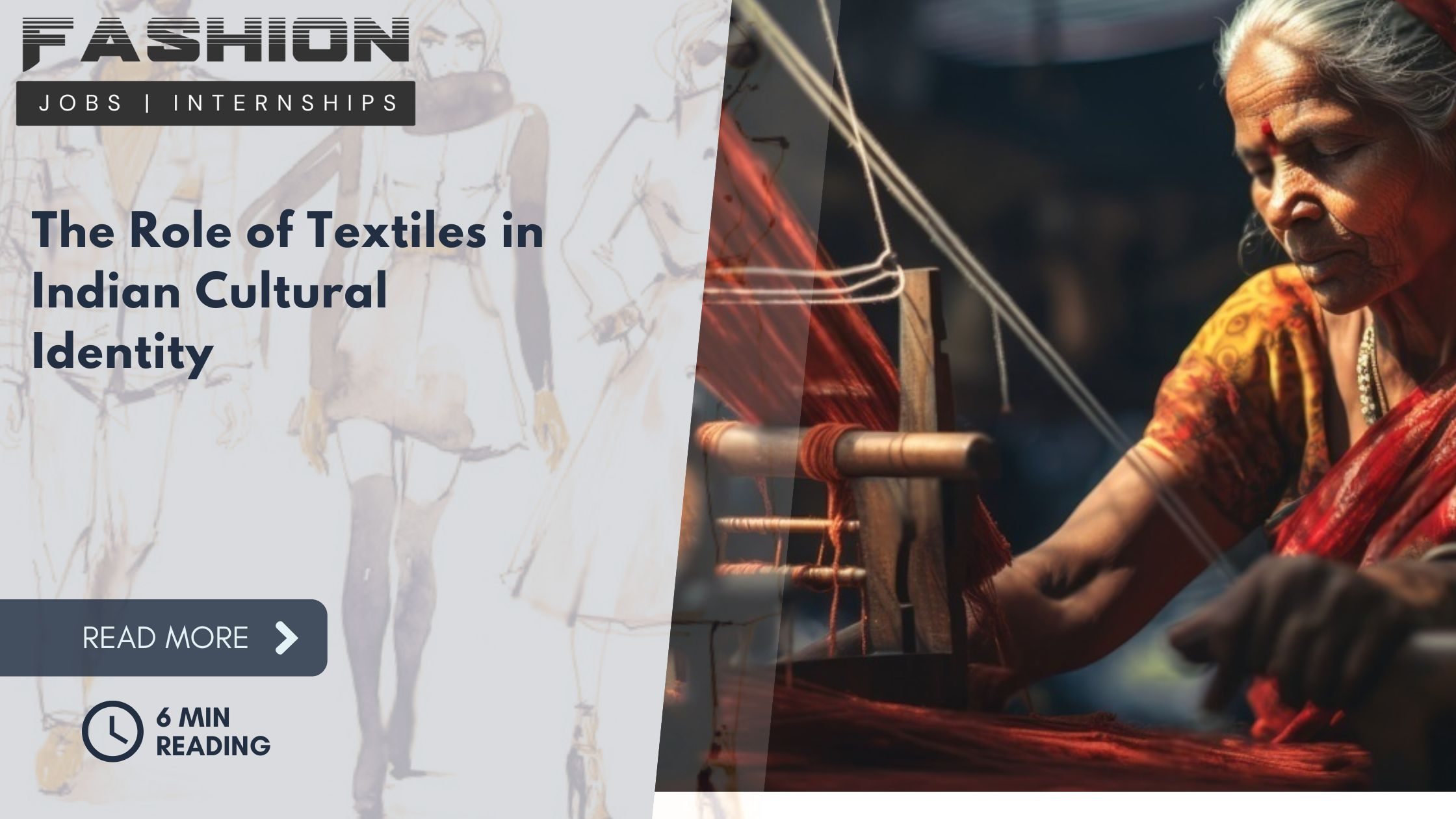We've been weaving a rich tapestry of textile traditions in India for centuries, with handlooms and powerlooms playing a significant role in our cultural heritage and economic development. Handlooms have provided employment opportunities, especially for women, in rural areas, while powerlooms have enabled mass production, making India a leading textile producer. Despite challenges like cheap imports and high energy costs, government initiatives and technological advancements have paved the way for a brighter future. As we blend traditional skills with modern technology, we can create a sustainable and competitive industry, and our journey is just getting started.
Handloom Industry: A Rich Heritage
As we plunge into the world of handlooms, we're struck by the rich tapestry of history and tradition that defines this ancient craft.
Handlooms have been an integral part of India's cultural heritage, with roots dating back to the Indus Valley Civilization. For centuries, skilled artisans have woven magic on these looms, creating exquisite fabrics that adorn our bodies and homes.
With numerous fashion job opportunities in India, including 3,178 job openings in fashion designing, there's a growing need for skilled professionals in the fashion industry fashion designing jobs. Additionally, top fashion recruiters are connecting with skilled professionals, providing exciting opportunities for those looking to take the next step in their career journey.
We're inspired by the dedication and perseverance of these artisans, who've passed down their skills from generation to generation.
Handlooms aren't just machines; they're instruments of creativity, requiring precision, patience, and passion. Every thread, every weave, and every pattern tells a story of love, labor, and tradition.
As we dig deeper, we realize that handlooms aren't only a symbol of our rich cultural heritage but also a means of livelihood for millions of people.
They provide employment opportunities, especially for women, in rural areas where job prospects are limited. By promoting and preserving this craft, we're empowering these communities and preserving our cultural identity.
We envision a future where handlooms continue to thrive, where artisans are celebrated, and their craft is cherished.
We see a world where traditional techniques blend seamlessly with modern innovations, giving birth to unique and sustainable textiles. By embracing this heritage, we're not only preserving our past but also weaving a brighter future for ourselves and generations to come.
Powerloom Revolution in India
We're now shifting our focus to the powerloom revolution in India, a game-changer that's transforming the fabric of our textile industry.
This technological shift has enabled mass production of fabrics, making India one of the largest textile producers in the world. The powerloom sector hasn't only increased productivity but also reduced costs, making Indian textiles more competitive in the global market.
With various job opportunities available in cities like Aurangabad, including fashion industry jobs, the powerloom revolution has also led to the growth of new textile clusters across the country, creating employment opportunities for millions of people, such as Visual Merchandiser roles at companies like Marks and Spencer.
Many entrepreneurs, especially in rural areas, have taken advantage of this opportunity to set up their own powerloom units, contributing to the country's economic growth.
As we move forward, we envision the powerloom industry playing a crucial role in India's economic liberation.
With the government's support and initiatives, we're confident that the powerloom sector will continue to thrive, driving growth and development in the country. The powerloom revolution has already made a significant impact, and we're excited to see its potential unfold in the years to come.
With its ability to produce high-quality fabrics at a lower cost, the powerloom industry is poised to take India's textile sector to new heights.
As we look to the future, we're optimistic that the powerloom revolution will continue to drive innovation, growth, and progress in India's textile industry.
Challenges Faced by the Industry
The powerloom industry's remarkable growth is tempered by several challenges that hinder its progress. As we navigate the complex landscape of this industry, we're faced with obstacles that threaten to derail our progress.
One of the significant challenges we face is the intense competition from cheap, low-quality imports. This not only affects our sales but also forces us to compromise on our prices, thereby reducing our profit margins. Another challenge is the lack of standardization in the industry, which makes it difficult to guarantee quality and consistency in our products.
| Challenge | Impact |
|---|---|
| Intense competition from cheap imports | Reduced sales and profit margins |
| Lack of standardization | Difficulty in guaranteeing quality and consistency |
| High energy costs | Increased production costs and reduced competitiveness |
Furthermore, we struggle with high energy costs, which increase our production costs and reduce our competitiveness in the global market. These challenges, if left unaddressed, can have far-reaching consequences for the industry's growth and sustainability. As stakeholders, it's essential that we acknowledge these challenges and work together to find innovative solutions to overcome them. By doing so, we can guarantee the continued growth and success of the powerloom industry in India.
Government Initiatives and Support
India's powerloom industry has long been crying out for a supportive ecosystem, and fortunately, the government has been taking steps to provide it.
We've seen several initiatives aimed at addressing the challenges faced by the industry, from providing financial assistance to promoting technology upgradation, which has been vital for connecting with top fashion brands and companies through platforms such as Jobs for Fashion Designers.
The government's efforts to create a wide-ranging textile policy have been particularly remarkable, as it has helped to streamline the sector and provide a clear roadmap for growth, and such policies can be beneficial for those looking to take the next step in a fashion career with Jobs for Fashion.
One of the most significant initiatives has been the Amended Technology Upgradation Fund Scheme (ATUFS), which provides financial assistance to powerloom units for technology upgradation.
This has enabled many units to modernize their machinery and improve their productivity, thereby increasing their competitiveness in the global market.
Additionally, the government has also established several textile parks and clusters, which provide common infrastructure facilities to powerloom units, reducing their operational costs and improving their efficiency.
We're also seeing efforts to promote skill development and training programs for powerloom operators, which is essential for improving the quality of production and increasing productivity.
In addition, the government's emphasis on promoting exports has helped to increase the demand for powerloom products, providing a much-needed boost to the industry.
Future of Handloom and Powerloom
What does the future hold for India's handloom and powerloom industry? As we look ahead, we're optimistic about the prospects of this sector. With the government's initiatives and support, we're confident that the industry will continue to thrive.
| Trend | Impact on Industry |
|---|---|
| Increasing demand for sustainable fashion | Handloom sector to benefit from growing consumer interest in eco-friendly products |
| Advancements in technology | Powerloom sector to become more efficient and competitive |
| Growing e-commerce market | Both handloom and powerloom sectors to benefit from increased online sales |
| Focus on rural development | Handloom sector to create more employment opportunities in rural areas |
| Government initiatives to promote exports | Both sectors to benefit from increased global demand |
We envision a future where the handloom and powerloom industries not only coexist but also complement each other. With the right blend of traditional skills and modern technology, we can create a sector that's both sustainable and profitable. As consumers, we have the power to shape the future of this industry. By choosing to buy products made from handloom and powerloom, we're supporting the livelihoods of thousands of artisans and weavers across the country. Together, let's work towards creating a brighter future for India's handloom and powerloom industry.
Frequently Asked Questions
What Is the Average Cost of a Handloom Machine in India?
We're often curious about the cost of traditional craftsmanship tools.
When it comes to handloom machines, the average cost in India varies depending on the type and quality.
A basic, manual handloom machine can cost around ₹15,000 to ₹30,000 (approximately $200-$400 USD).
However, more advanced, semi-automatic machines can range from ₹50,000 to ₹1,50,000 (around $700-$2,000 USD) or more.
These prices are subject to change, and crucial to research and compare prices before making a purchase.
What Is the Minimum Wage for Powerloom Workers in India?
We're talking about fair labor practices, and that's vital for us.
The minimum wage for powerloom workers in India is a pressing concern. According to the latest data, the minimum wage varies from state to state, but on average, it's around ₹250-300 per day (around $3-4 USD).
We believe every worker deserves a living wage, and we're committed to supporting their rights. It's time for change, and we're driving it forward, together.
Can Handloom Products Be Exported to Other Countries?
We're thrilled to explore the world of export opportunities with you!
Yes, handloom products can be exported to other countries. In fact, many countries appreciate the unique, handmade touch of Indian handlooms.
We envision a global market where artisans' skills are celebrated and their products are in high demand.
With the right strategies and support, we can take Indian handlooms to the world stage, empowering artisans and promoting cultural exchange.
What Is the Difference Between a Handloom and a Powerloom?
we're talking about human power versus machine power.
A handloom is operated manually, where a skilled weaver works the loom to create unique, intricate designs.
On the other hand, a powerloom is automated, using electricity to weave fabric quickly and efficiently.
It's a choice between preserving traditional craftsmanship and embracing modern technology.
Which one do you think we should prioritize, and why?
Are Powerloom-Made Fabrics of Lower Quality Than Handloom-Made Ones?
We're often led to believe that machine-made fabrics are inferior to handmade ones.
But let's set the record straight: fabric quality depends on factors like thread count, material, and weaving technique, not the loom used. Powerlooms can produce high-quality fabrics, just like handlooms.
It's the craftsmanship, attention to detail, and materials that matter. Don't assume powerloom-made fabrics are subpar – judge them on their own merit.
We deserve to make informed choices, free from misconceptions.
Conclusion
As we look to the future, we're committed to preserving the rich heritage of India's handloom industry while embracing the efficiency of powerlooms. We'll continue to overcome challenges and seize opportunities, driven by innovation and sustainability. With government support and our collective efforts, we'll weave a brighter tomorrow for India's textile industry, where traditional craftsmanship and modern technology harmonize to create a vibrant, thriving sector that empowers our artisans and fuels our economy.


